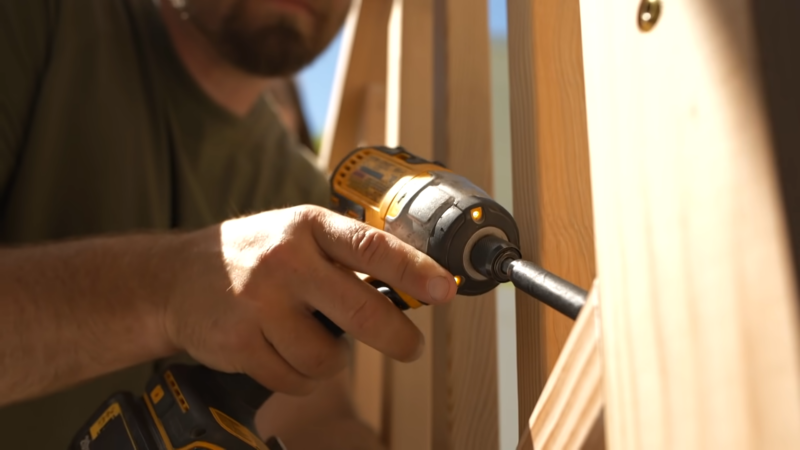In 2024, the trend in deck railing designs continues to evolve, blending aesthetics, functionality, and innovation. Modern deck railings are more than just safety features; they are central to the overall design and experience of outdoor living spaces.
As homeowners seek to extend their living areas outdoors, the demand for stylish, durable, and versatile railing options has surged. This guide explores the latest trends and ideas in deck railing designs, offering insights into choosing the right materials, styles, and features that not only ensure safety but also enhance the beauty and value of your home.
1. Choosing the Right Materials: A Comprehensive Guide
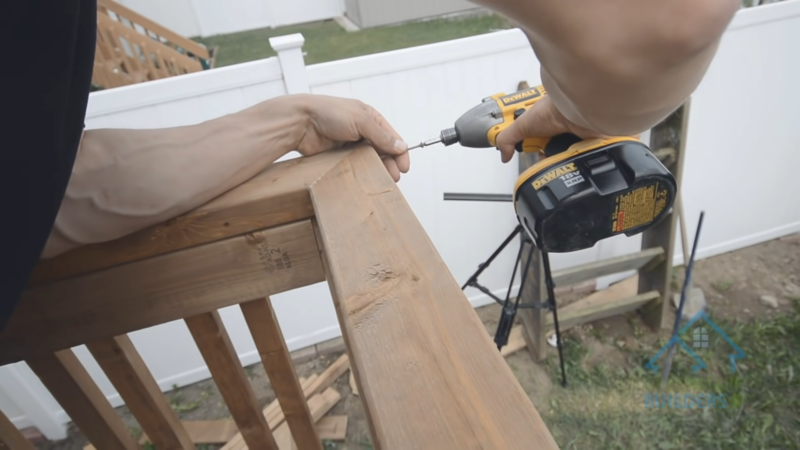
Selecting the right materials for your deck railing is crucial for both aesthetics and longevity. Traditional wood railings offer a classic look but require regular maintenance.
Metal options, such as aluminum and steel, provide durability and a sleek appearance with minimal upkeep. Composite and vinyl railings are gaining popularity for their wide range of colors and textures, resembling natural wood without maintenance.
Glass and cable railings offer a modern, minimalist look while maximizing views. Each material has its advantages, and the choice depends on your design preferences, budget, and the level of maintenance you’re willing to commit to.
2. Sleek and Minimalist: Contemporary Railing Trends
The contemporary railing design trend leans towards sleek and minimalist aesthetics. Clean lines, unobstructed views, and a focus on simplicity define this style.
Glass panels and cable systems are particularly popular, offering safety without sacrificing the view or cluttering the visual space. Metal railings with thin, horizontal or vertical balusters also fit well within this trend, providing strength and durability while maintaining a light, airy feel.
These minimalist railing options complement modern architectural styles and outdoor spaces, creating a seamless transition between indoor and outdoor living areas. For more contemporary trends you can check out https://decksforlife.ca/.
3. Harnessing Nature: Incorporating Sustainable Elements
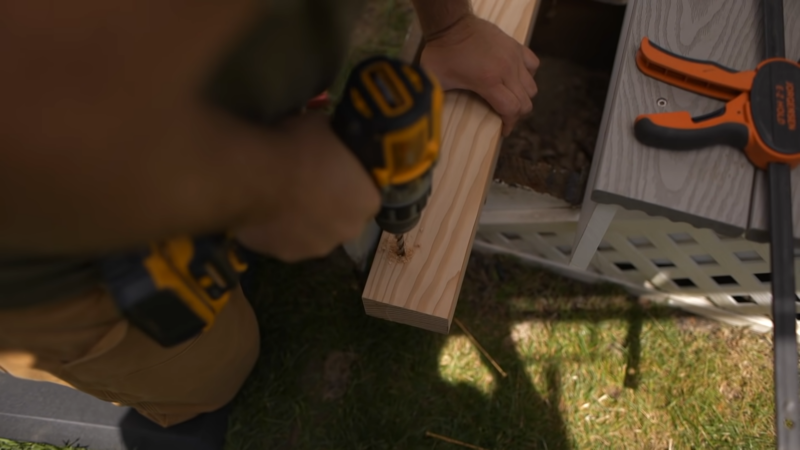
Incorporating sustainable elements into deck railing designs is a growing trend, reflecting a broader shift towards eco-friendly construction materials and practices. Bamboo, reclaimed wood, and recycled metal and plastic are popular choices for environmentally conscious homeowners.
These materials not only reduce the environmental impact but also offer unique textures and colors that can enhance the natural beauty of outdoor spaces. Sustainable railings can be both a design statement and a testament to a homeowner’s commitment to environmental stewardship, blending form, function, and sustainability.
4. Safety First: Innovative Approaches to Sturdy Railings
Safety is a paramount concern in deck railing design, but it doesn’t have to come at the expense of style. Innovative approaches to sturdy railings include using stronger materials, such as tempered glass and heavy-duty metals, and integrating safety features seamlessly into the design.
For example, wider top rails provide a stable grip, while lighting can be incorporated for better visibility at night. Advances in materials and construction techniques have made it possible to create railings that are both safe and aesthetically pleasing, ensuring peace of mind without compromising on design.
5. Elevated Aesthetics: Enhancing Your Outdoor Space
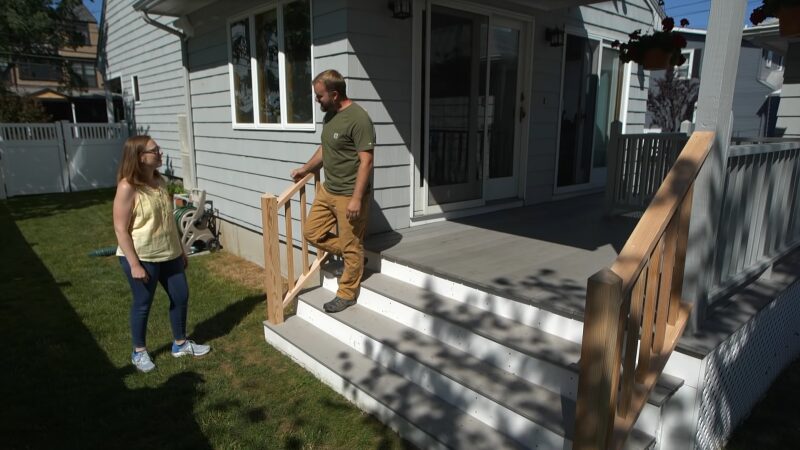
Deck railings play a crucial role in defining the aesthetic appeal of your outdoor space. Elevated aesthetics can be achieved by selecting materials and designs that complement your home’s architectural style and natural surroundings.
Custom designs, intricate patterns, and unique finishes can transform a functional safety feature into a work of art. Whether you prefer a rustic, modern, or traditional look, the right railing design can elevate the overall appearance of your deck, making it a more inviting and enjoyable space.
In a similar vein, like the effortlessly sleek and self-cleaning pools that seamlessly integrate with their surroundings, a well-designed deck railing enhances both beauty and functionality, creating a harmonious outdoor retreat.
6. DIY or Professional Installation: Pros and Cons
The decision between DIY or professional installation of deck railings depends on several factors, including complexity, budget, and personal skill level. DIY projects can be cost-effective and offer a sense of accomplishment, but they require time, proper tools, and a good understanding of building codes and safety standards.
Professional installation, on the other hand, ensures that the job is done correctly and safely, often with a warranty. While it may be more expensive upfront, the expertise and efficiency of professionals can save time and potential headaches in the long run.
7. Mixing Materials for a Unique Look
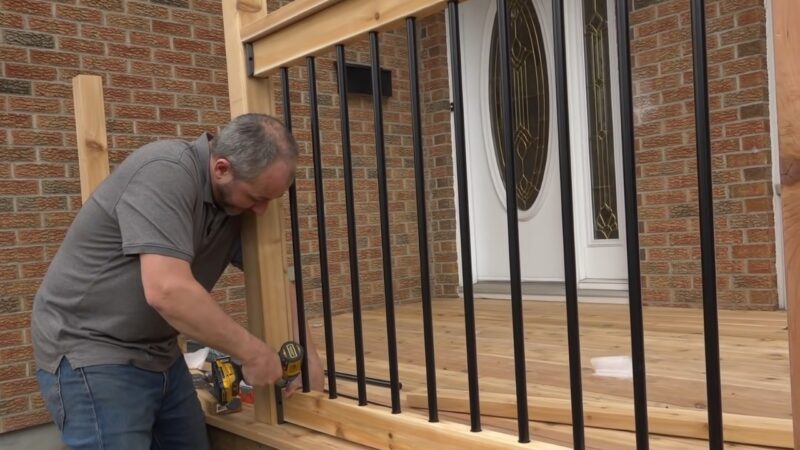
Mixing materials in deck railing design is a creative way to achieve a unique look. Combining wood with metal, glass with composite, or incorporating stone elements can create interesting textures and contrasts.
This approach allows for customization and personalization of the space, reflecting the homeowner’s style and creativity. Mixed materials can also offer practical benefits, such as durability and low maintenance while providing visual interest and enhancing the overall design of the deck.
8. Beyond Traditional: Pushing Boundaries with Creative Designs
Pushing the boundaries of traditional deck railing designs opens up a world of creative possibilities. From sculptural metalwork to laser-cut panels, homeowners and designers are getting creative with materials and forms.
These innovative designs can act as a focal point, adding character and style to outdoor spaces. Creative railings can also reflect personal interests or themes, making the deck a more personalized and expressive space. This trend encourages thinking outside the box, using railings as an opportunity for artistic expression.
9. Smart Solutions: Integrating Technology into Railing Systems
Integrating technology into railing systems is a smart solution that enhances functionality and convenience. LED lighting can be incorporated for ambiance and safety, solar panels can power lights or charge devices, and smart sensors can improve security.
These technological integrations make deck railings more than just structural elements; they become integral parts of a connected, efficient outdoor living space. As technology advances, the possibilities for smart railing systems continue to expand, offering homeowners new ways to enhance their outdoor environments.
10. Maximizing Space: Railing Features with Dual Functions
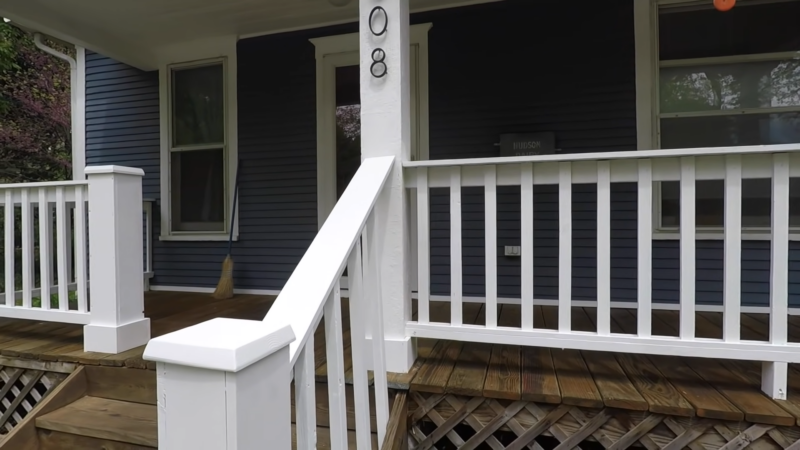
Maximizing space on decks is crucial, especially in smaller areas. Railing features with dual functions can provide clever solutions, such as built-in seating, planters, or storage.
These features not only save space but also add to the functionality and aesthetic appeal of the deck. Integrating dual-function elements into railing designs is a practical way to make the most of your outdoor space, providing additional amenities while maintaining a clean and uncluttered look.
11. Maintenance Matters: Tips for Long-lasting Beauty
Maintaining your deck railing is essential for ensuring its long-lasting beauty and structural integrity. Different materials require different levels of care, from periodic cleaning to more involved treatments like staining or rust-proofing.
Regular inspections can help identify potential issues early, preventing costly repairs. Simple maintenance tips include cleaning with appropriate solutions, checking for loose fittings, and applying protective coatings as needed. By investing a little time and effort into maintenance, you can keep your deck railing looking great and functioning safely for years to come.

